Aymer Maria jewellery gives historical references a modern spin
Ruth Aymer, founder of Aymer Maria, takes us behind her architecturally inspired jewellery designs
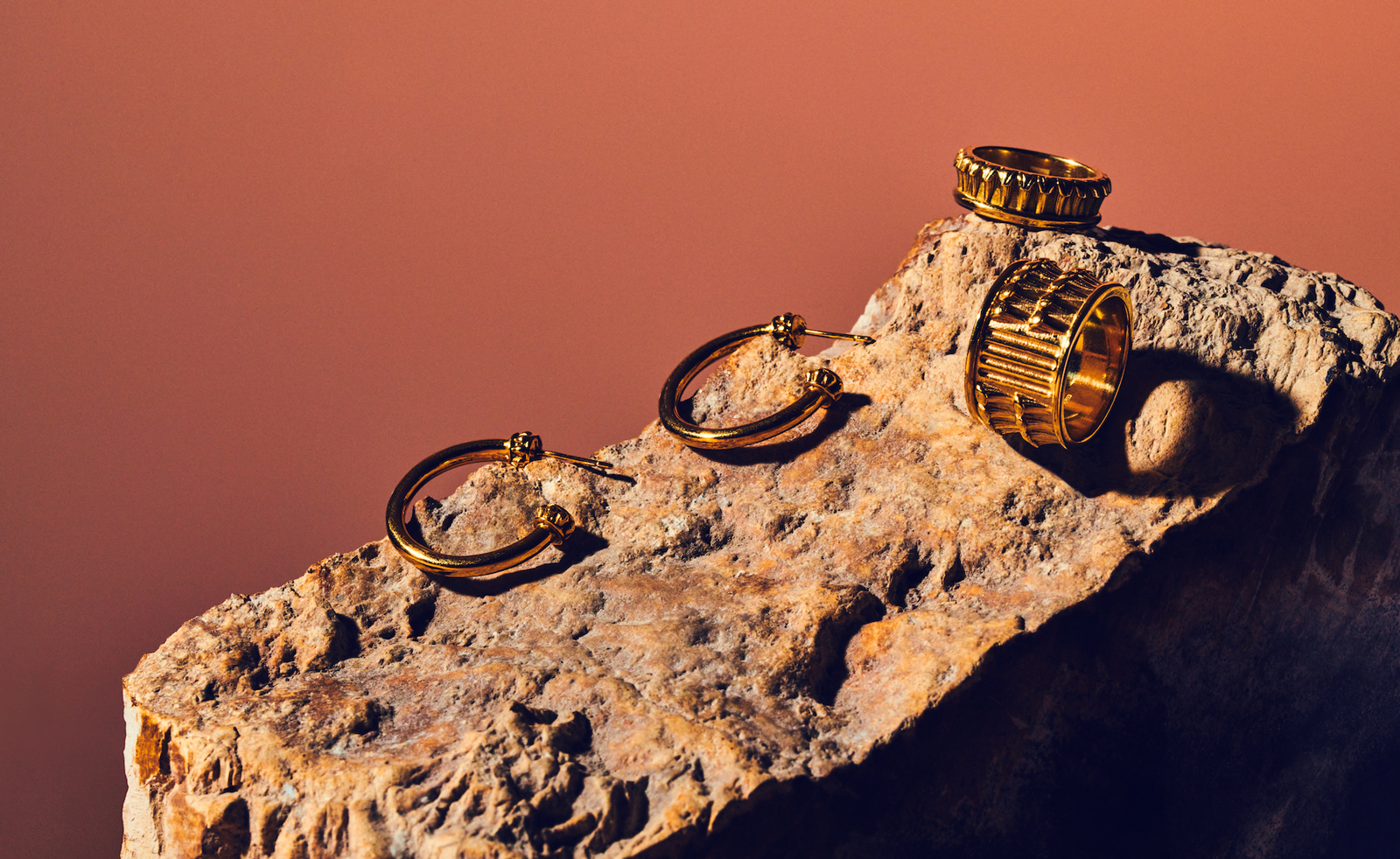
‘I have always been fascinated by the concept of wearing a piece of art as jewellery. I remember looking at my mother’s 1980s costume jewellery pieces by Yves Saint Laurent, Butler & Wilson and that sort of stuff. The big shoulder pads, the style, the red lipstick was a real wow for me as a child,’ relates Ruth Aymer, founder of Aymer Maria, a contemporary jewellery house that takes the built environment in all its iterations as a muse and conduit to deeper truths.
Aymer, who was raised in London and is of Dominican and Sierra Leonean heritage, didn’t immediately actualise her observations into an intention to found a jewellery house. However, the seeds of ambition were further germinated by childhood walks in London’s Pimlico and Belgravia, where Thomas Cubitt’s terraces ‘were so pleasing to see, from the symmetry of houses to the stucco fronts and columns’. Only as an adult, after the pandemic provided the necessary pause, did her ideas finally percolate. ‘I thought, “If I don’t start now I never will!'”

The inaugural Aymer Maria jewellery collection, ‘Pilastro’, was inspired by Ancient Greece and Rome, although London’s neoclassical architecture also informed Aymer. The ‘Cauliculi’ ring replicates features seen on Corinthian colonnades that Aymer refined: ‘I wear it as my wedding band because I love the symmetry and the play of the leaf design, which I reduced down and made into a halo-style piece – my aim being to create regalia.’
The ‘Acanthus’ ring pays homage to the foliage that in cultures across the Mediterranean denoted immortality, and the ‘Capital’ is a jewellery response to Aymer’s visits to Rome, ‘standing outside the Pantheon and being totally in awe’.
Her interpretations immediately found a retail home in London’s Liberty (a selection is also available at libertylondon.com) and a broad clientele: ‘Something that has surprised me is there is a demographic of older international ladies who love the brand, but then there are wild moments like watching TV highlights of Glastonbury and Alloysious Massaquoi of the [band] Young Fathers is wearing pieces from the collection too.’
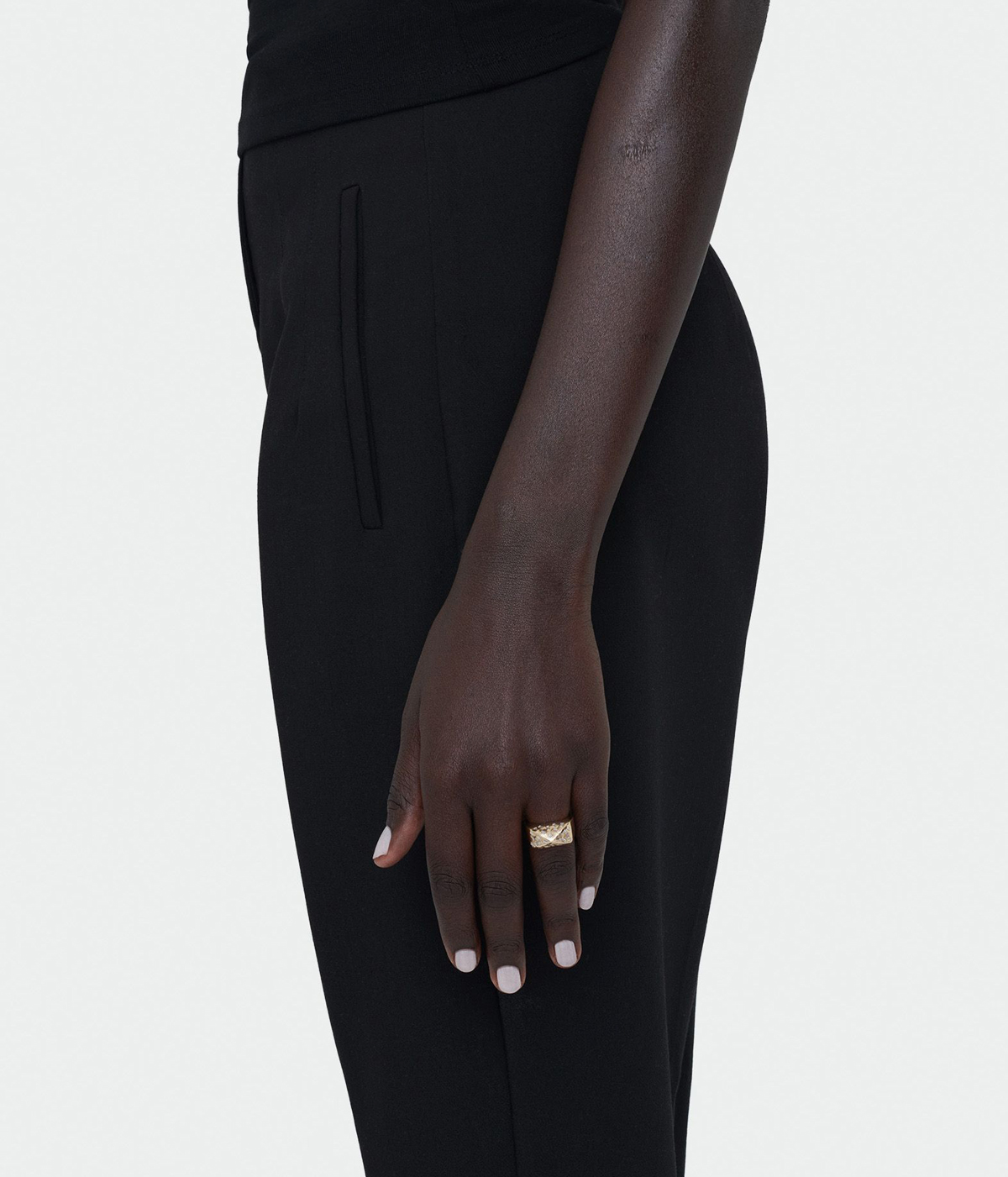
Aymer’s latest architecture-reimagined-as-jewellery project has resulted in the ‘Malian’ collection. This is not only a bold homage to the design mastery of the medieval Mali Empire – which predates the modern country by several centuries and includes modern-day Senegal, Niger, Nigeria, Burkina Faso, Ghana and much of West Africa’s Bight of Benin in its territory – but also a direct creative corrective comment on cultural erasure.
‘As a Black woman, I have felt a responsibility to pay some sort of homage to my heritage and I have also been very aware of the fact that European architecture has always been protected and upheld. When I was really researching African architecture, there were elements of me that felt slightly angry that even though, yes, there are structures in Africa, if you look at other parts of the world [and] the history and what have you, there hasn’t been the same level of care or celebration.’
Wallpaper* Newsletter
Receive our daily digest of inspiration, escapism and design stories from around the world direct to your inbox.
Thus, the Djenne Mosque, with its distinct sugarloaf mud minarets, is interpreted as a statement cocktail ring; and the Sankoré Madrasa, transformed into yellow gold and diamond earrings. One of Aymer’s personal favourites in the collection, the ‘Larabanga’ bracelet, simultaneously references the conical buttresses of a mosque and provides ‘my take on the traditional tennis bracelet’.
Sourcing was as important as the jewellery’s inspiration, with ethically sourced Botswanamark diamonds and recycled 9ct yellow gold used in all the pieces.

Aymer is quick to assert that she is far from resting on her laurels, despite the speedy ascent her brand has enjoyed. ‘I feel like an artist, but I definitely see myself as a jewellery designer foremost and one who still has this strange imposter syndrome that I’m working on,’ she says, laughing.
She is excited, if a little reticent for now, to share where the muse has taken her next, but her ethos remains the same: her work is rooted in extensive research and she is taking her time to distil her design thesis. What endures and continues to appeal is the guiding principle of each Aymer Maria piece: wearable art that is both a conversation starter and a portal for discovery.
A selection of Aymer Maria pieces is available at libertylondon.com
Mazzi Odu is a Ugandan-British writer, editor and cultural consultant based in Lagos, Nigeria. Her work focuses on jewellery, design, fashion and art. An alumna of the London School of Economics and Political Science, she has profiled a cross section of leading design talents and creative voices, with a special emphasis on those from the Global South and its Diaspora communities.
-
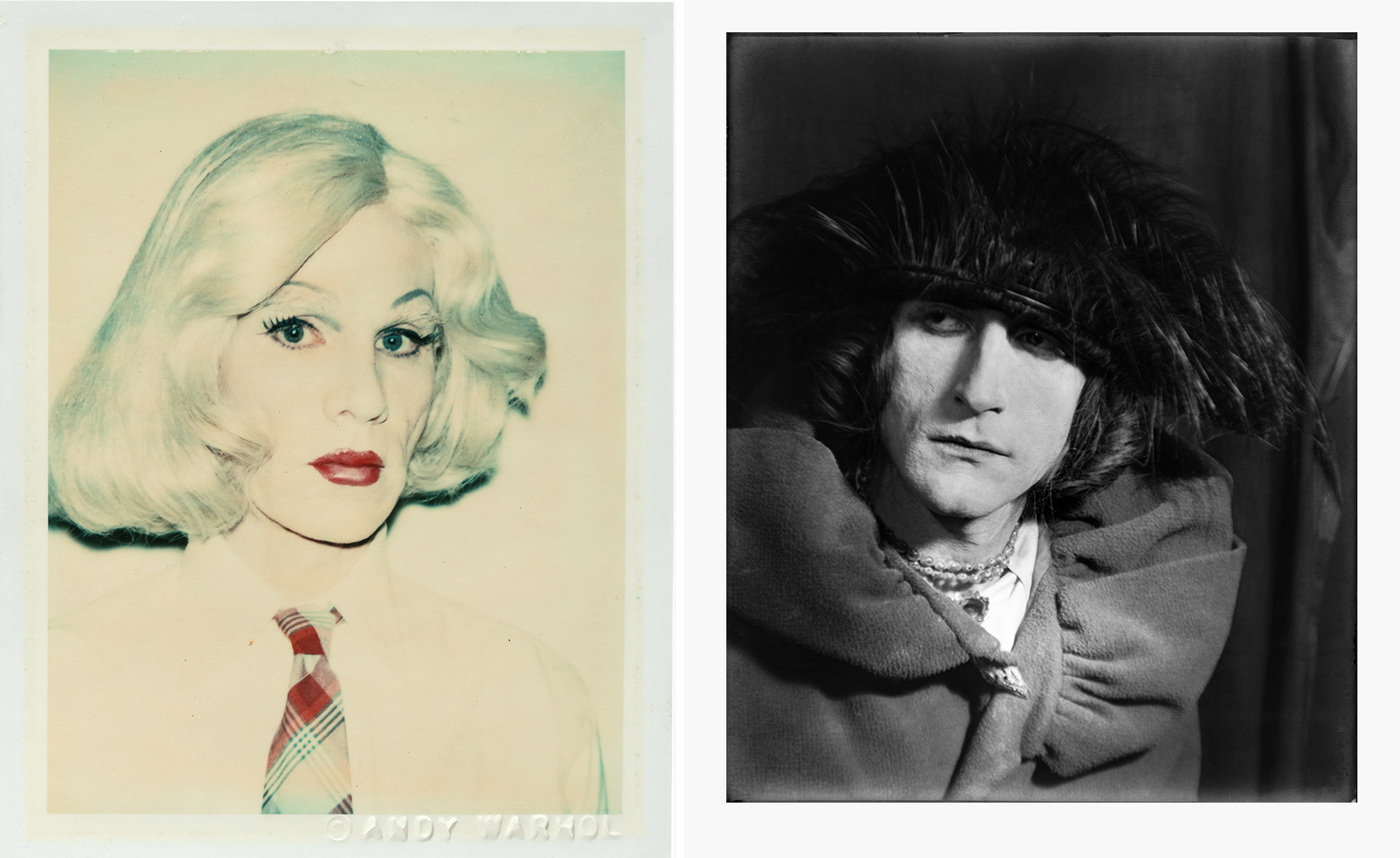 From Rembrandt to Warhol, a Paris exhibition asks: what do artists wear?
From Rembrandt to Warhol, a Paris exhibition asks: what do artists wear?‘The Art of Dressing – Dressing like an Artist’ at Musée du Louvre-Lens inspects the sartorial choices of artists
By Upasana Das
-
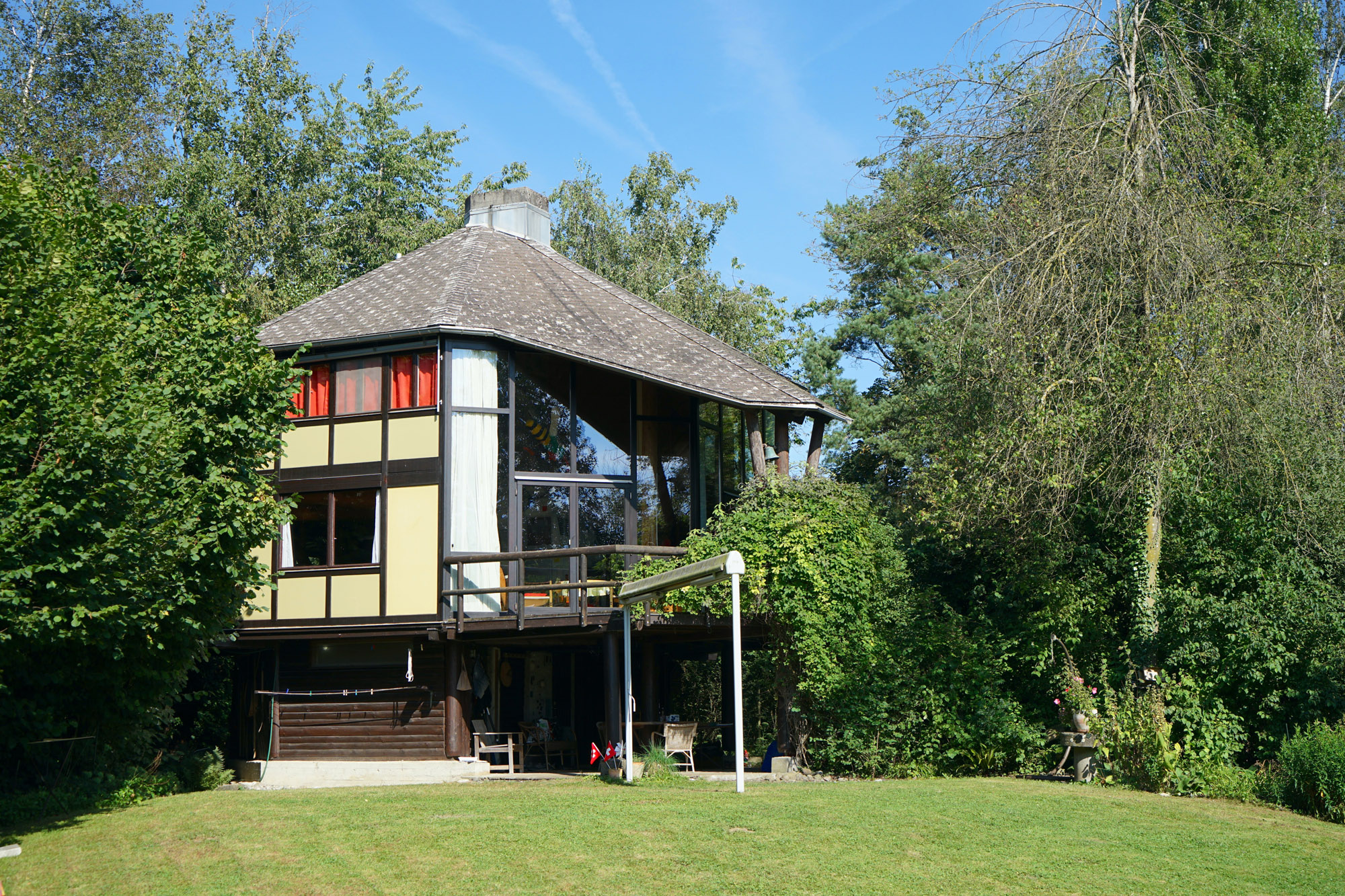 Meet Lisbeth Sachs, the lesser known Swiss modernist architect
Meet Lisbeth Sachs, the lesser known Swiss modernist architectPioneering Lisbeth Sachs is the Swiss architect behind the inspiration for creative collective Annexe’s reimagining of the Swiss pavilion for the Venice Architecture Biennale 2025
By Adam Štěch
-
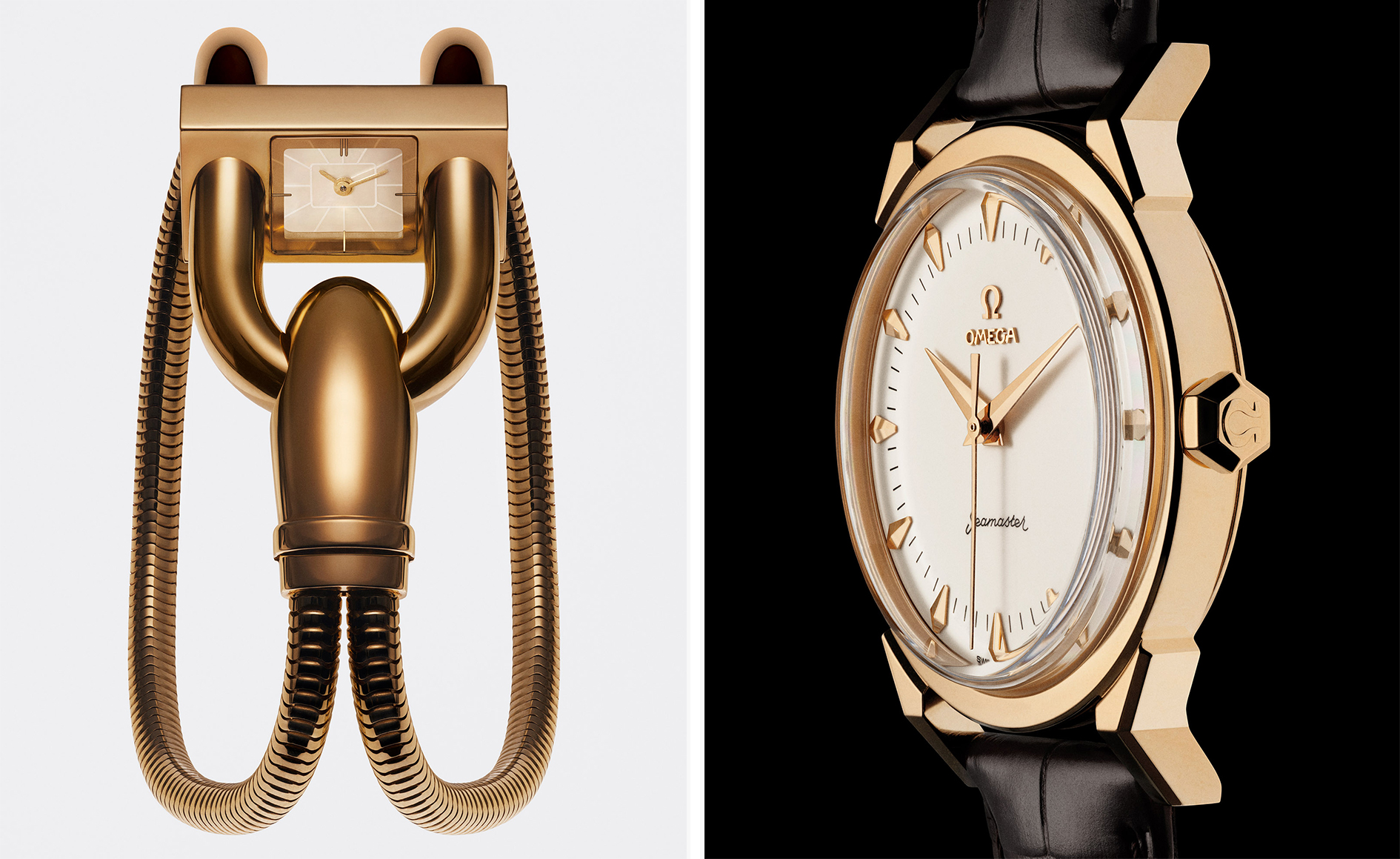 A stripped-back elegance defines these timeless watch designs
A stripped-back elegance defines these timeless watch designsWatches from Cartier, Van Cleef & Arpels, Rolex and more speak to universal design codes
By Hannah Silver